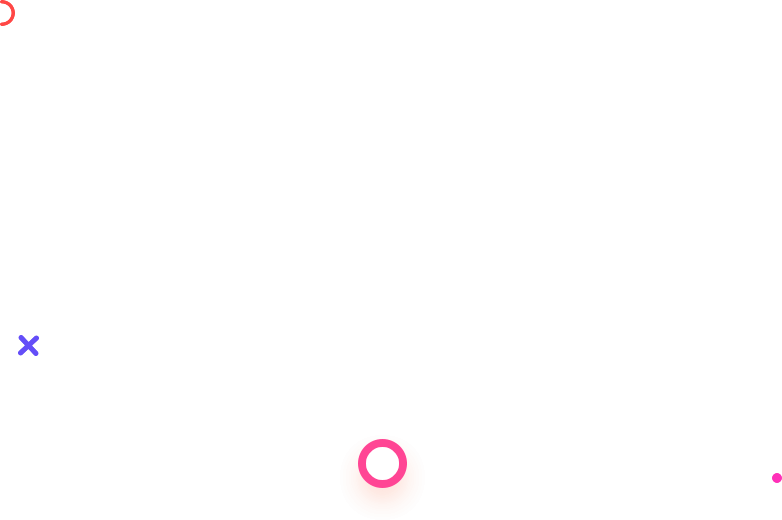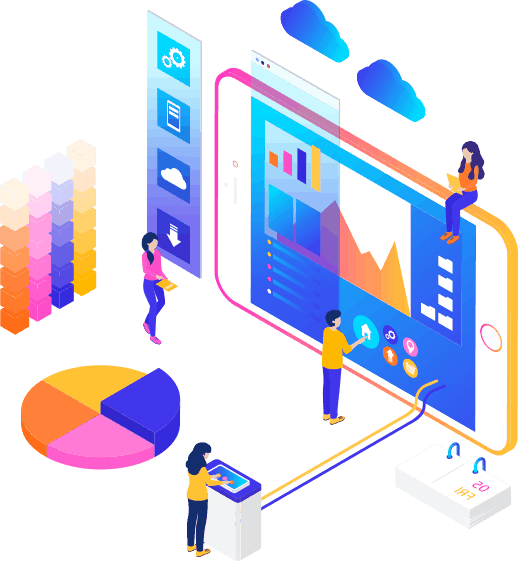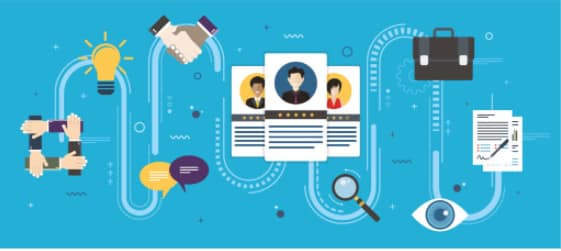Web designing refers to the process of creating and Web Design in Canada the visual layout and user experience of websites. It involves combining various elements such as layout, colors, typography, graphics, and images to create an aesthetically pleasing and user-friendly website. Web designers use different tools and technologies to conceptualize, plan, and implement the Web Designer of websites.
With the increasing use of mobile devices, it is crucial to design websites that are responsive and adaptable to different screen sizes. Responsive design ensures that the website looks and functions well on desktops, tablets, and smartphones. It involves using flexible layouts, fluid images, and media queries.
The layout determines the placement of various elements on a webpage. It includes the header, navigation menu, content sections, sidebars, and footer. A well-designed layout creates a logical flow of information and guides users through the website.
Some basic aspects of web designing include
- Inspiration
- Selecting the web designing tools and technology
- Adding visual elements
- Adding functional elements
- Web design types- responsive or adaptive
As a designer, you should be always on the lookout for inspiration. From the fonts of a novel to the greenery outside the home, you can get designing motivation from anything. There are few online tools and web pages that can help escalate your imagination power. You can search for ideas on platforms such as Pinterest, Behance, Awards, Site Inspire and many other websites.
When choosing a web design tool, you should always keep in mind the ultimate goal of the business and the website. You can approach this either through a desktop app or a website builder. The tool you will select will vary as per the team size, the budget of the project, the kind of site you wish to build and the technical requirements needed to complete the project.
UI refers to the visual elements and interactive features that users interact with on a website, such as buttons, forms, and menus. UX focuses on the overall experience a user has while navigating a website, including ease of use, accessibility, and responsiveness. Good web design ensures a seamless and intuitive user experience.
A major benefit of desktop apps is that they can be used to design complex websites. This is because they allow the designer to focus on the overall look and feel of the website without having to worry about the functionality. The technical challenges of the functioning of the website are transferred to the development teams. The process might be too expensive and requires time. It also requires a high skill set and various team members.
Once the design is finalized, web designers use HTML (Hypertext Markup Language) and CSS (Cascading Style Sheets) to implement the design and structure of the website. HTML provides the basic structure, while CSS controls the visual appearance and layout.




